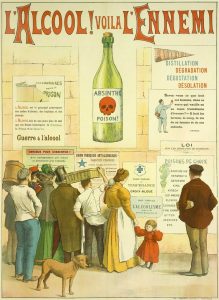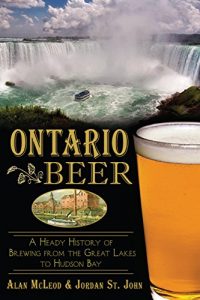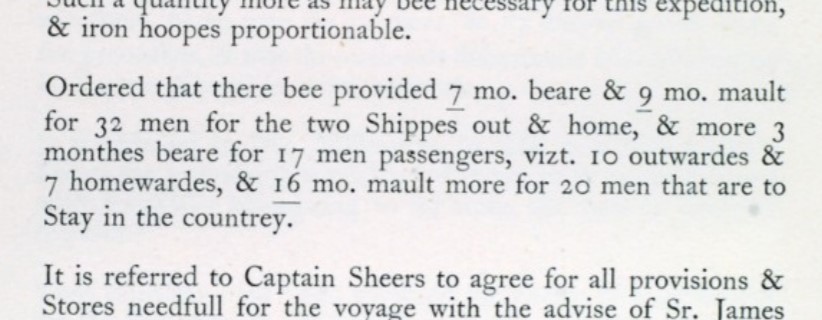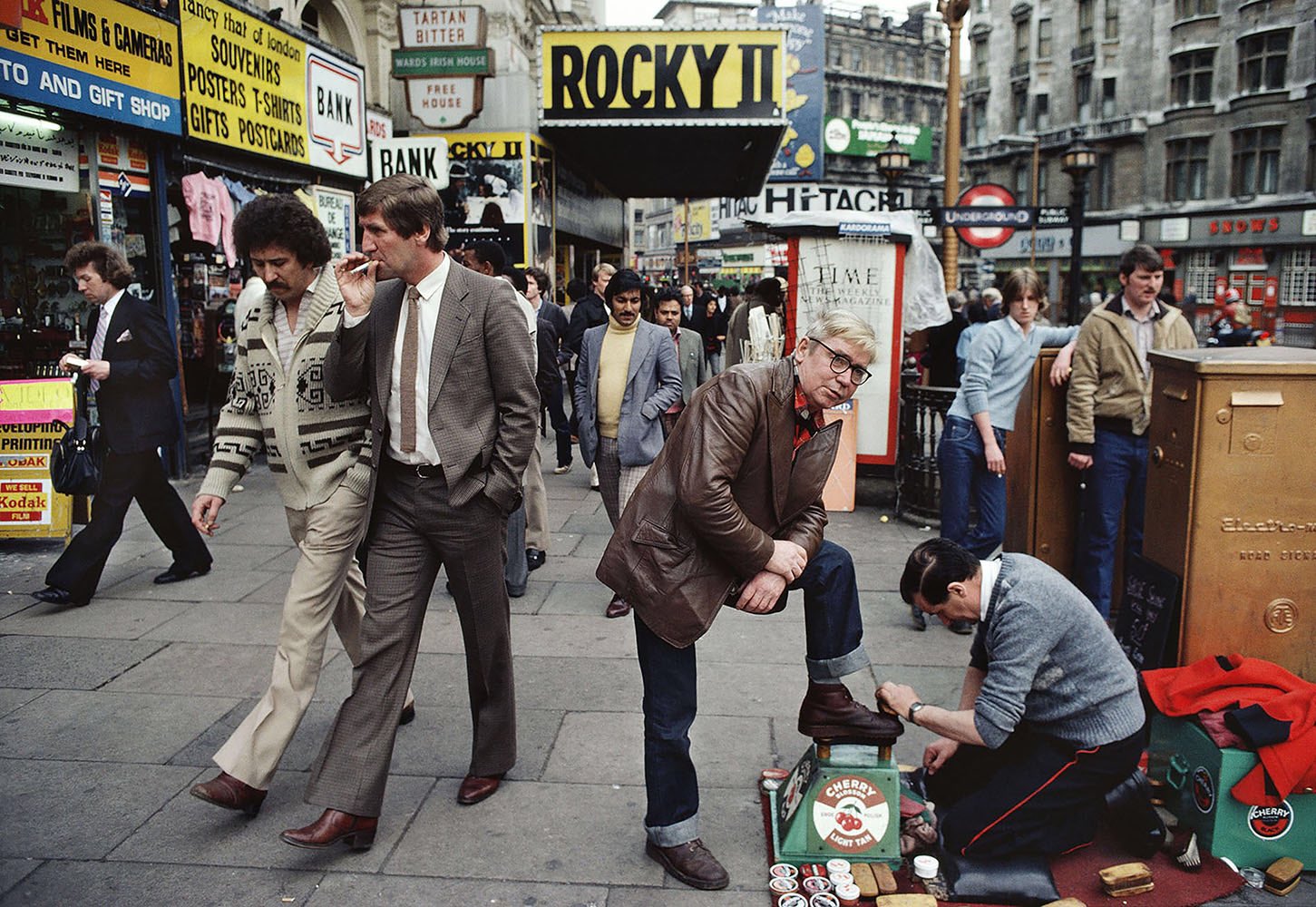 It was supposed to be fun. All fun. But now there is the reckoning. Not just in the sense of #Dryuary but #Skint-uary. #I-spent-all-I-had-uary. No wonder folk feel a pinch and stop splurging. Remember, though… pubs can be for cheap sustenance, too. And if you are really stuck, here is a guide to getting the booze out even if you want to go out. And even if you get the booze out, just thank your lucky stars you aren’t deep into big US milk. It’ll be #Dairy-uary next year if this keeps up. Fighting all this as a voice raging in the wilderness, the Pub Curmudgeon posted his warnings about state control of such matters – and included this very attractive poster that should really be placed by every child’s bed.
It was supposed to be fun. All fun. But now there is the reckoning. Not just in the sense of #Dryuary but #Skint-uary. #I-spent-all-I-had-uary. No wonder folk feel a pinch and stop splurging. Remember, though… pubs can be for cheap sustenance, too. And if you are really stuck, here is a guide to getting the booze out even if you want to go out. And even if you get the booze out, just thank your lucky stars you aren’t deep into big US milk. It’ll be #Dairy-uary next year if this keeps up. Fighting all this as a voice raging in the wilderness, the Pub Curmudgeon posted his warnings about state control of such matters – and included this very attractive poster that should really be placed by every child’s bed.
That being said, first off all hail June Hallworth of the Davenport Arms in Stockport, England, Still working at her family’s pub at 81. Her secret is a surprise:
Despite a life spent around alcohol, Hallworth doesn’t actually drink. “My husband used to ask: ‘Is there nothing you like the look of?’” Yet she has witnessed changing drinking habits: before, you’d struggle to get people out of the pub after last orders. “You’d have to shout at them to drink up. Now, people drink earlier. You can lock up more easily.”
 Clearly, June is on team #Dryuary. Wonder if she also minds a mobile phone or a little foul language, too? And here’s something interesting and not unrelated – a map of England indicating where alcohol and drugs are laying people flat, kicking or otherwise. Entitled “Deaths from alcohol and drugs by Local Authority in England” – does it make sense? By which I mean, are there cultural, logical, socio-economic aspect to the information? Why is the lower left tippy-toe bit so much worse off than that other bit up there off the North Sea? Hmm… also not unrelated… a poem… on drinking… circa 1700:
Clearly, June is on team #Dryuary. Wonder if she also minds a mobile phone or a little foul language, too? And here’s something interesting and not unrelated – a map of England indicating where alcohol and drugs are laying people flat, kicking or otherwise. Entitled “Deaths from alcohol and drugs by Local Authority in England” – does it make sense? By which I mean, are there cultural, logical, socio-economic aspect to the information? Why is the lower left tippy-toe bit so much worse off than that other bit up there off the North Sea? Hmm… also not unrelated… a poem… on drinking… circa 1700:
His trembling hand scarce heaves his liquor in,
His nerves all crackle under parchment skin;
His guts from nature’s drudgery are freed,
And in his bowels salamanders breed…
So, at least it is not all new. Speaking of getting at the new, I am not entirely sure that I agree with Matt but I do support his right to argue for the place of what he calls beer media:*
Establishing strong lines of communication with both the beer media and the drinker is essential, but as pointed out in the first part of this series, engaging with these two sets of people are actually very different things. Yes, a press release is an essential tool for getting out snippets of information and keeping people informed about what your business is doing. However, there are more effective—and importantly, more meaningful—ways of engaging with the press.
One would hope that sort of thing does not lead to this sort of thing… Because that is really not that far off other sorts of things. Like how baijiu got where it is today. Baijiu you say?
Produced at a state-owned distillery in Moutai Town, in the scenic southwestern province of Guizhou, Kweichow Moutai is rich in symbolism. “Moutai was the favourite drink of Premier Zhou Enlai, Mao’s longtime number two… He made Moutai the baijiu served at all official state dinners.” Legend has it that Red Army soldiers used it to cleanse their feet on the Long March, while in 1972 Zhou Enlai and President Nixon were famously pictured toasting each other with it. “So it became the baijiu of China’s elite…”
To avoid these various pressures of lobbyists and state control, we need information and, honestly, if believes that one really all should buy the new edition of The World Atlas of Wine:
Robinson bears the main responsibility for this new edition, and her limpid, authoritative style is part of what makes the book so engaging. “At least half of the words on 45% of the pages about wine regions are completely new”, Robinson points out. As with earlier editions, there are excellent introductory sections on how grapes are grown and wines are made, plus wholly new sections on the roles of temperature, sunlight, water, money and climate change on winemaking. There are twenty-two new maps, with some countries (including Brazil, Cyprus and Uruguay) receiving their own pages for the first time.
One thing I have not considered adding to my lifestyle** is home delivery of booze. But now craft is in so it must be good. Yet… the rules for these sorts of things at least in in Toronto are a bit involved:
“When we heard foodora was an option for delivering our beer, we immediately got on board,” said Joey Seaman, head of business development at Bellwoods Brewery said in a release. “This is definitely the most convenient way of getting our beer into the fridges of our local Toronto customers that can’t easily make it to our Bellwoods Brewery bottle shops. Only Smart Serve-certified foodora riders will be delivering alcohol. If the order recipient doesn’t produce valid ID, appears intoxicated, or attempts to purchase for a minor or impaired individual, foodora says that the delivery will be cancelled, and a $20 restocking fee will be applied.
I love that a delivery dude is now empowered to assess the appearance of intoxication and charge a penalty. Like that’s going to happen.
Finally, a bit of the old science after a h/t to Stan:
Here’s a sentence that I never imagined writing in a paper “More generally, the two fly species preferred different #beer styles”. Yup, dear tax payers, we are using your money to investigate which fruit fly species prefers which beers! (And Trust me, this actually is useful!)
At least they gave the flies a selection of fine Belgian beers as part of the program. Oude Kriek was one of the offerings!
Oh, and here is @katzenbrau revealed!
Now that it is a new year, there is still no reason to forget to check in with Boak and Bailey’s on Saturdays, at the OCBG Podcast on Tuesdays and sometimes a mid-week post of notes from The Fizz as well. And sign up for Katie’s weekly newsletter, too. There’s the AfroBeerChick podcast now as well! Plus the venerable Full Pint podcast.
*The other term used – “beer writers” – is too wide a label for this purpose, something that the guilds seem to be forgetting.
**Do I really need to say it?

 Like you, I am tired. End of year tired. I was tired on Christmas Eve and Christmas Day offers no rest. It feels like the end of a university term and tomorrow we travel. 2019 was a good and busy year – and next week, in my fifty-seventh year, I enter my seventh decade on the planet. I need a rest. So I will be brief this week if only to see if I can get in another nap.
Like you, I am tired. End of year tired. I was tired on Christmas Eve and Christmas Day offers no rest. It feels like the end of a university term and tomorrow we travel. 2019 was a good and busy year – and next week, in my fifty-seventh year, I enter my seventh decade on the planet. I need a rest. So I will be brief this week if only to see if I can get in another nap.  It’s not often that I get to headline the weekly update with something so.. so… unbeery – but is beer ever really that much removed from politics? Consider this photo to the right that
It’s not often that I get to headline the weekly update with something so.. so… unbeery – but is beer ever really that much removed from politics? Consider this photo to the right that  Barry in Germany posted an afternoon’s worth of photos of
Barry in Germany posted an afternoon’s worth of photos of 







 The last of birthdays, anniversaries and public holidays over the last four weeks has finally passed. And it has snowed. Wednesday was as sharp as deepest January at -16C even if it was +8C last Saturday. Five weeks before the solstice. So, I am buried in wool blankets at home this week, covered as soon as I get through the door, hugging the wood burning internet server looking for answers. Which is where I found the image above, from 1979 when
The last of birthdays, anniversaries and public holidays over the last four weeks has finally passed. And it has snowed. Wednesday was as sharp as deepest January at -16C even if it was +8C last Saturday. Five weeks before the solstice. So, I am buried in wool blankets at home this week, covered as soon as I get through the door, hugging the wood burning internet server looking for answers. Which is where I found the image above, from 1979 when  Perhaps somewhere in the middle, Boris Johnson has apparently failed to keep his word, this time related to staying out of the pub until Brexit is
Perhaps somewhere in the middle, Boris Johnson has apparently failed to keep his word, this time related to staying out of the pub until Brexit is 


